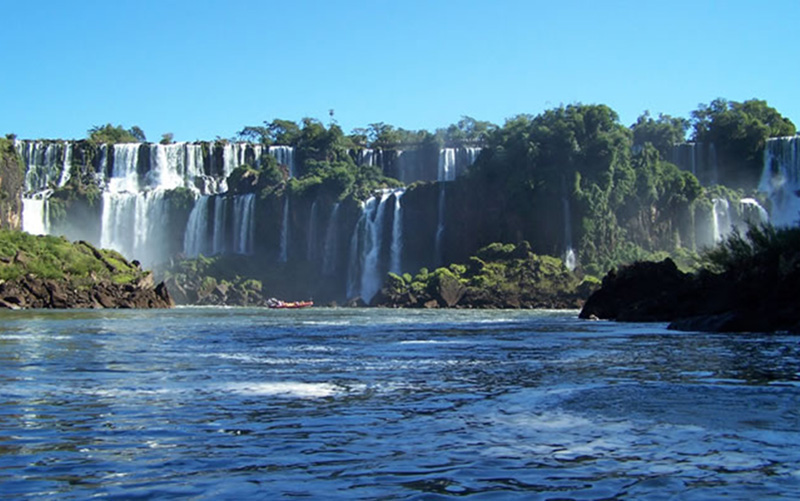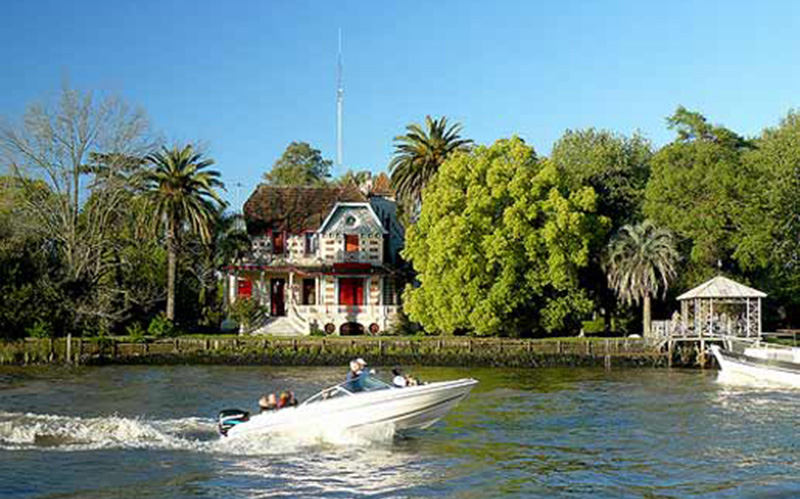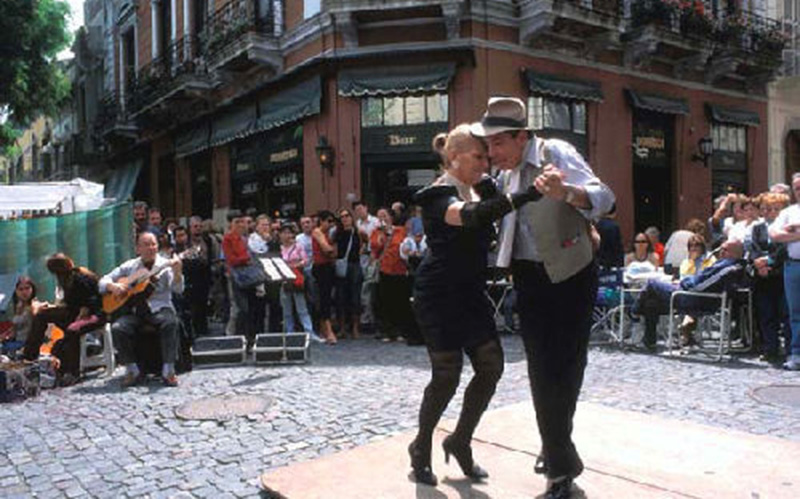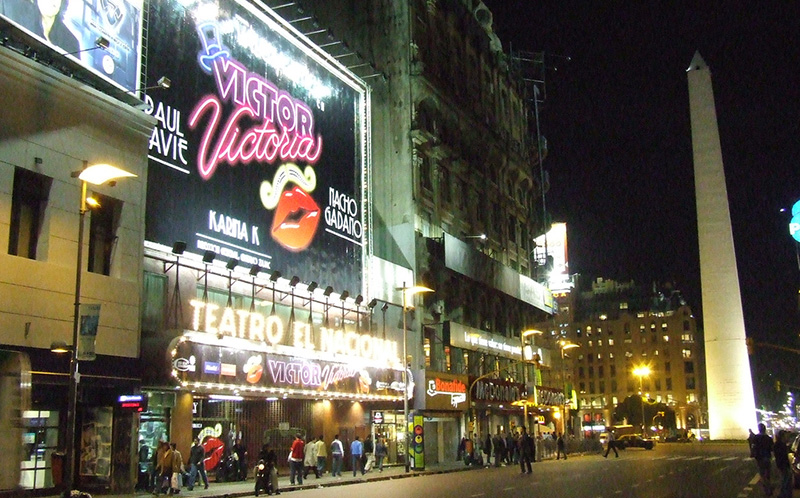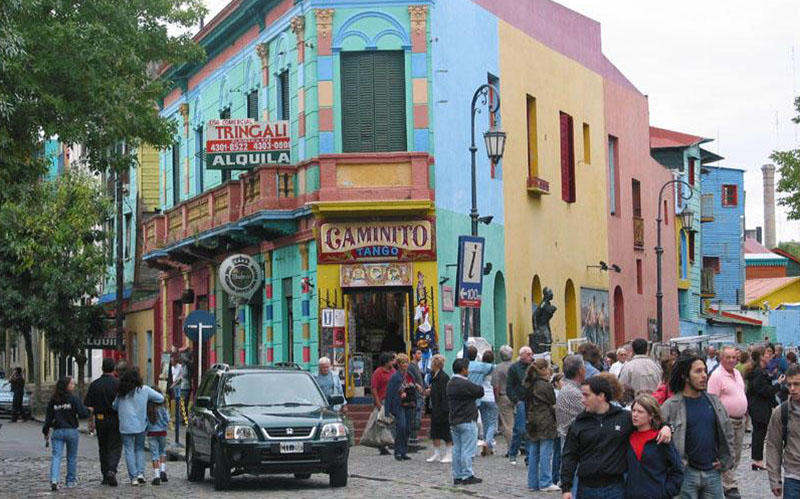
2
nd
internationalcongress
38th Annual Conference of
International Association of Trichologists IAT
November, 11th and 12th, Buenos Aires
Maimónides University | Hidalgo 775, Cap. Fed. | 8am to 6pm
Get to know the best of Buenos Aires and Argentina
Click on the images to find out more about the tourist destinations that the country offers.
About Buenos Aires
Buenos Aires is one of the biggest cultural poles of the continent. The city is considered the fourth largest in the world on theaters and it has more theaters than New York. The local museums, either traditional or modern, are famous. Tango music and dance can be seen at the “Tanguería” more sophisticated or popular “Milonga” of a neighborhood.
With over 3,000 restaurants, eating in Buenos Aires is a matter of choosing where and what. From the typical “asado” (barbacue) or pizza to the food of some of the many communities that settled in the city for centuries of immigration.
Football is passion, and fans plan their trips to attend a classic. Another feature that attracts visitors is shopping: with Fairs, Open-air Shopping circuits and Malls. Buenos Aires is the origin of meetings and festivals for independent art producers, either in theater and cinema or in musique and design-. In Buenos Aires there are fairs and cultural activities throughout the year.
- Abasto - Av. Corrientes 3247, Balvanera
- Alto Palermo - Av. Santa Fe 3253, Palermo
- Galerías Pacífico - Florida 753, San Nicolás
One of the newest museums of the city is the Malba: Latin American Art Museum of Buenos Aires. You may find works from Frida Kahlo and Diego Rivera, Tarsilia do Amaral, Wilfredo Lam and main argentine Artists.
The Evita Museum is a testimony of this key figure in the history of Argentina, whose full name was Maria Eva Duarte.
In the Retiro district, the Fernández Blanco Museum is housed in the Palacio Noel, typical neoclassical style of the 20s.This museum is one of the world's largest collections of silverware of the colony.
Spanish art, mainly from the sixteenth and seventeenth centuries, is located in the Museum Larreta. It is housed in an old country house in Belgrano neighborhood with an Andalusian style garden of 7,000 square meters.
Argentine Folk art can be seen at the Museo José Hernández. Its collection includes more than 8,000 objects representing Argentina ancient and contemporary crafts.
- Palermo Soho y Palermo Hollywood (shopping, restaurants)
- Abasto (shopping, history)
- Recoleta (history)
- Calle Corrientes (theatres)
- Puerto Madero (restaurants y walking)
- Av de Mayo (history)
- La Boca (history)
- San Telmo (history, antiques)
